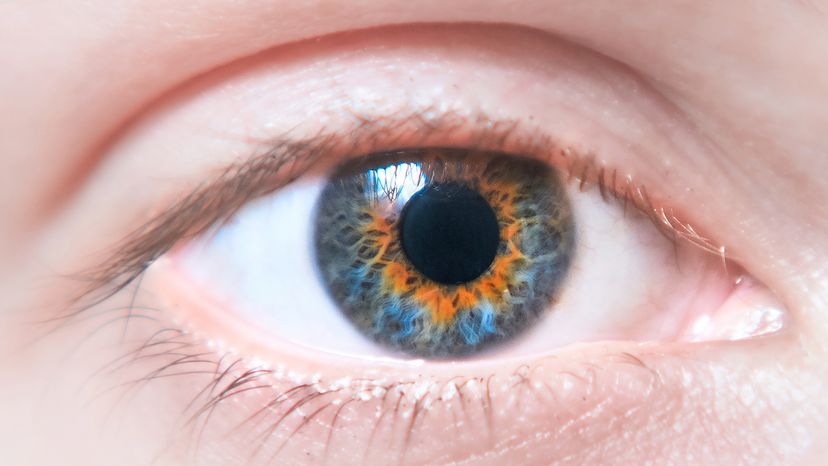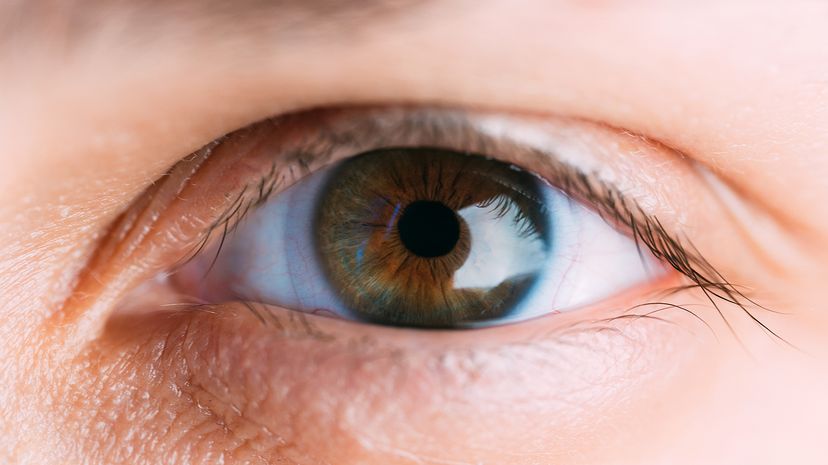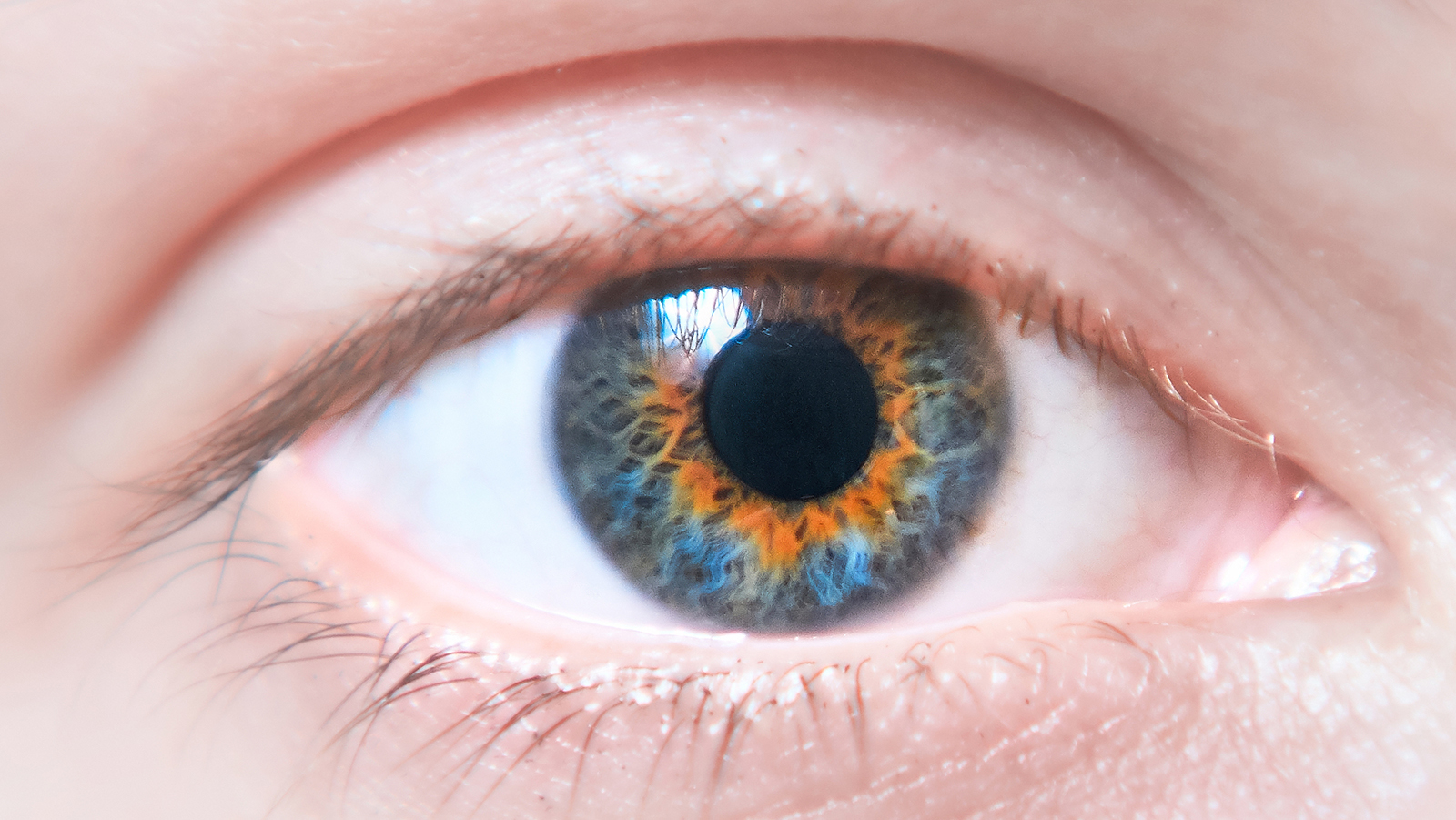
Ever looked closely into someone’s eyes and noticed a vibrant ring of color encircling the pupil, distinct from the rest of the iris? That eye-catching trait is called central heterochromia, and it’s more common than you might think.
Unlike complete heterochromia, where each eye is a different color, central heterochromia means one iris contains two distinct colors.
Think of it like a target pattern: The inner ring around the pupil is one shade, and the outer ring is another. It’s a natural variation in melanin distribution, often resulting in mesmerizing blends like hazel green eyes with a golden center.
What Causes Central Heterochromia?
It all boils down to melanin, the pigment responsible for a person’s eye color. In central heterochromia, melanin is unevenly spread across the iris, usually more concentrated around the pupil. This contrast creates a noticeable inner ring.
Scientists believe that multiple genes influence eye pigmentation, and a minor variation can lead to this rare condition.
In most cases, central heterochromia is congenital, meaning you’re born with it. Congenital heterochromia often shows up in people of European descent and usually doesn’t come with other symptoms.
Acquired Heterochromia
However, acquired heterochromia can develop later in life due to eye injuries, medical conditions or environmental factors.
Conditions such as pigment dispersion syndrome — which affects iridial pigmentation — and certain eye drops used to treat glaucoma may also cause changes in iris color.
An uneven distribution of melanin can result in color variations that affect only one eye or create contrasting colors within the same iris.
Does Central Heterochromia Affect Vision or Eye Health?
Here’s the good news: Central heterochromia is generally harmless. It typically doesn’t affect vision, eye health or cause any symptoms. In fact, most people with this condition don’t even realize they have it until someone points it out.
Sudden Changes in Eye Color
However, if someone develops central heterochromia suddenly or later in life, it’s smart to get an eye exam. Acquired heterochromia can signal underlying health conditions like pigment dispersion syndrome or it may result from certain glaucoma medications.
Changes in eye pigmentation can also accompany other symptoms, including light sensitivity or signs of an underlying health condition.
So while central heterochromia itself doesn’t usually indicate a problem, any sudden change in a person’s iris color is a good reason to seek medical attention.
How Is Central Heterochromia Different From Other Types?
Heterochromia iridum (also called heterochromia iridis) comes in three main types:
- Complete heterochromia: Each eye is a different color, such as one blue eye and one dark brown eye.
- Sectoral heterochromia (partial heterochromia): A section of one iris is a different color from the rest.
- Central heterochromia: The iris displays two distinct colors, typically with an inner ring around the pupil contrasting with the outer ring.
These differences stem from how melanin is distributed. Color differences can occur in one eye or both, depending on the type of heterochromia and its cause. The key differences lie in whether the variations appear across both eyes, in a patch or as concentric rings within the same eye.
Can Lighting, Eye Makeup or Other Factors Alter the Eye Color?

Yes, many factors can change the appearance of eye colors.
The human eye is sensitive to light scattering, which can enhance or mute color variations. In different lighting, the same eye might appear to have different pigments, especially if there’s less melanin in certain regions.
Eye makeup can also influence the visibility of central heterochromia. Eye shadows that complement green eyes, brown eyes or hazel eyes can make the inner ring stand out more dramatically.
Although central heterochromia is not treated medically, cosmetic treatment can help highlight (or downplay) this unique eye color.
Different lighting can also make eye color appear to shift subtly. For example, someone with hazel green eyes and central heterochromia may notice their inner ring looking more golden or copper in bright sunlight.
When to Talk to a Healthcare Provider
If you’ve had central heterochromia since birth and don’t have other symptoms, there’s usually nothing to worry about. But if your eye color changes suddenly, especially in just one eye, or you experience other symptoms like light sensitivity or vision changes, it’s time to see a doctor.
Eye exams are a simple way to rule out underlying conditions that could affect iridial pigmentation. Your eye doctor can identify whether changes in color are linked to a medical condition or simply part of your unique iris color.
We created this article in conjunction with AI technology, then made sure it was fact-checked and edited by a HowStuffWorks editor.
























